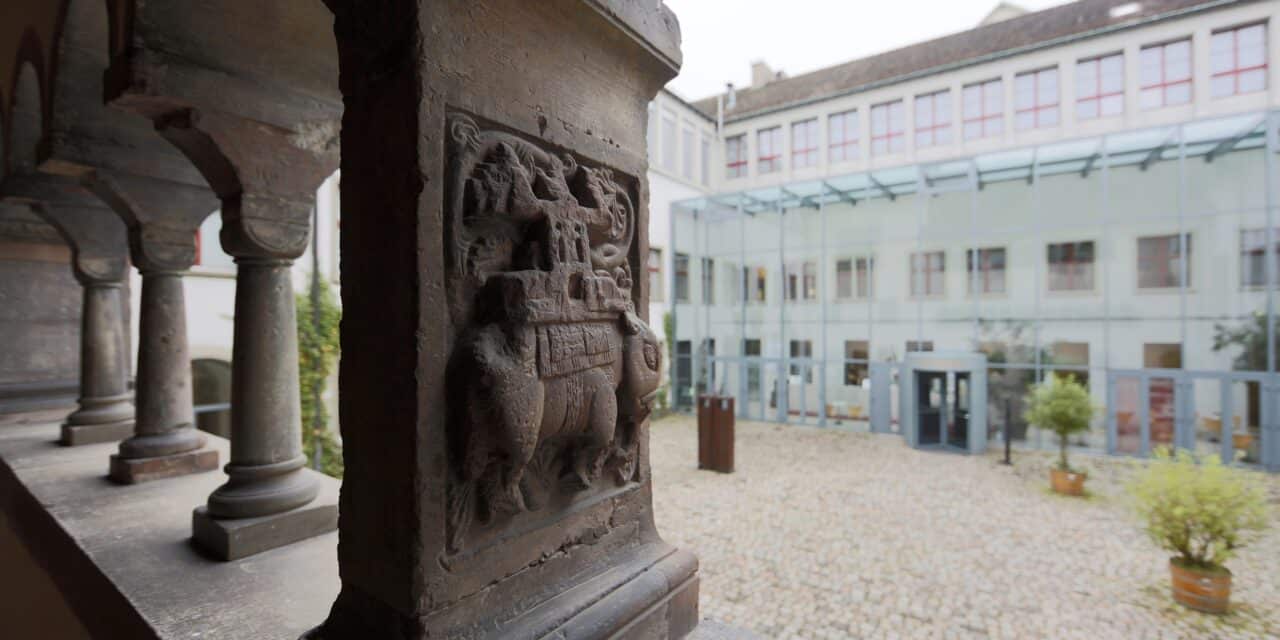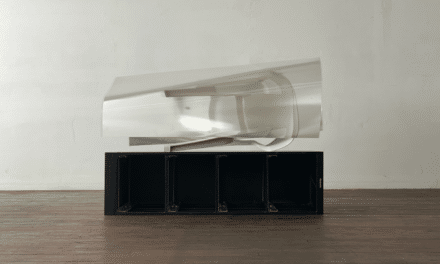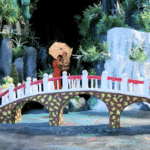Rund 1000 Jahre vor dem Untergang des berühmten Inka-Reiches (1533) stand die nordperuanische Moche-Kultur (100 – 800 n.Chr.) in ihrer Hochblüte. Mit rund 250 Exponaten aus der reichen museumseigenen Sammlung sowie mit Leihgaben aus in- und ausländischen Partnermuseen, präsentiert das Museum zu Allerheiligen zum ersten Mal überhaupt in der deutschen Schweiz die faszinierende Kultur der Moche in einer umfassenden Ausstellung.

Moche. 1000 Jahre vor den Inka
Der Weg durch die Ausstellung führt von der Vorgängerkultur der Cupisnique-Leute über die Natur und Umwelt Nordperus zu Themen wie Musik, Glaubensvorstellung, Kriegswesen, sowie Kunsthandwerk und endet mit den Nachfolgern der Moche, den Inka. Die Ausstellung macht unter anderem erlebbar, was für stupende Kunsthandwerker die Moche waren: Die Töpfer schufen meisterhafte Figurengefässe und Keramiken mit exquisitem feinmalerischen Dekor. Die Metallurgen kreierten aus Gold, Silber und Kupfer kostbarste Preziosen. Die Objekte erzählen von Ritualen und Zeremonien, geben Hinweise zum Wesen der politischen Elite sowie zur gesellschaftlichen Basis der Bauern. Ein Augenmerk gilt zudem der Geschichte der Archäologie Perus. Ganz am Anfang dieser Geschichte steht auch ein Schweizer Forscher, der Glarner Johann Jakob von Tschudi (1818-1889). Seine Aquarelle von Moche-Objekten und peruanischen Landschaften liefern einen farbigen und höchst interessanten Schweizer Bezug. Leihgebende Institutionen sind das Ethnologische Museum Berlin, das Linden-Museum Stuttgart, das Museum der Kulturen Basel, das Museum des Landes Glarus und das Museum Rietberg Zürich.
bis 26. Mai 2024
www.allerheiligen.ch


















